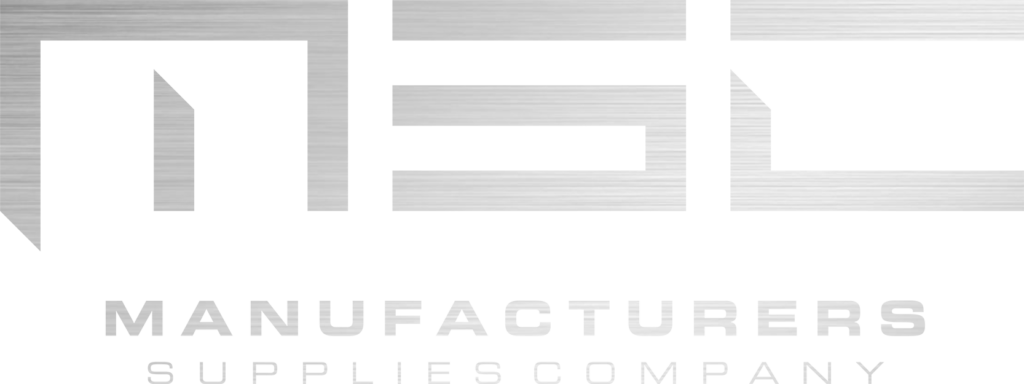Laser cutting is used to optimize processes, applications, and production across a wide range of industries including electronic, automotive, medical, metalworking, woodworking, printing, packaging, HVAC and other specialty industries.
When you need just-in-time manufacturing, laser technology is the ideal converting solution. Machines with this capability increase the accuracy of your overall production by ensuring clean lines and precise detailing on your finished products. You may want to consider laser cutting if you are currently converting components from the following materials:
- Label Stock & PSA
- Laminates
- VHB Tapes
- Films
- Foils
- Papers
- Foams
- Rubber
- Coated Fabrics
- Mats
- Double Sided Adhesives
- Gaskets
- Plastics
- Textiles
- Difficult Abrasive Materials
- Aggressive Adhesive Materials
How Laser Cutting Works
Laser cutting directs the output of a high-power laser through optics to cut and engrave materials into programmable designs and dimensions. Precision laser cutting can be used to produce through holes, slots, and diameters that are significantly smaller (and at tighter tolerances) than results generated by other converting processes. It is a dieless process, meaning no hard tools are needed, eliminating expensive and time-consuming die costs.
Key Capabilities and Functions of Laser Cutter Systems
- Perforating
- Cutting
- Seaming
- Etching
- Engraving
- Welding
- Marking
- Drilling
As it makes its way across the material, the laser vaporizes material in the beam path, leaving an edge with a high-quality surface finish, eliminating the need for complex extraction methods to remove scrap and smaller pieces usually left behind by other cutting machine. This method of material modification allows you to quickly change designs while also improving the quality of finished parts.
Types of Laser Cutting Processes
Ablation of Material – Material ablation is a process that virtually removes the material completely from the top to the bottom of the surface or partially from the top of the material to a pre-set specified depth.
Laser Die Cutting – Laser die cutting is the complete removal and separation of the material from the top surface to the bottom surface along a designated path generated by the CNC or G-Code of the pattern to be cut. Laser die cutting can also include processes like kiss-cutting, slitting, perforation, through-cuts and/or slug removal.
Laser Engraving – Laser engraving is the process by which material is removed from the top surface down to a specified depth. By continuously varying the laser power, laser engraving can be used for textures, images, bar-codes, text and numbers.
Laser Marking – Laser marking, which is essentially engraving the material, is a broader category of methods to leave marks on an object to produce a readable identification or information such as a barcode, lot code, serial number or a part number. This technique does not involve the use of inks, nor does it involve tooling which contact the engraving surface & eventually wear out, giving it a significant advantage over alternative engraving or marking technologies where inks or tools have to replaced regularly.
Combined Processes – Digital laser processing is a proven, viable solution for processing a wide variety of materials. The multiple processes referenced above can be combined to total cut, kiss-cut and engrave or mark various substrates in roll or sheet form in both continuous, start-stop and tracking models.
Advantages of Your Business Investing in a Laser Cutter
- 100% Savings in Tooling Costs
- 40% Increase in Material Yields
- 40% Reduction in Job Changeovers
- Increased Flexibility in Designs
- Increased Precision Levels & Edge Quality
- Increased Depth of Cut Control
- Total Cut, Kisscut & Engrave on Same Layout
- Increased Productivity on Short and Long Runs
- Ease of Use and Increased Throughput
Laser Cutters to Keep in Mind
The Guidolin Girotto RO Series galvanometer laser cutting systems have revolutionized the way converters and application specialists conduct their manufacturing processes. A Galvanometer Laser is typically used for cutting thinner substrates, less than 3mm in thickness. The laser beam is delivered by two rotating mirrors instead of a gantry system, allowing the galvanometer laser to function at a level ten times faster than a flatbed laser. Here are a few models to keep in mind if you want an extra boost in your production and product quality.
RO 175 EL – The RO EL Series is a cost-effective, entry level laser die cutting solution. With a 175mm working width, this machine is engineered to handle anything from labels, to adhesive tapes, double sided adhesives, VHB tape, textiles, paper, foam, rubber, silicone, PU, PE, PET, polycarbonates, polyethylene, polypropylene, abrasives and similar products.
RO 250 – The RO 250 model has a useful working width of 250mm and is the ideal solution for converters that demand versatility, combining our traditional RO series rotary converting platform with a laser cutting module. The machine’s combination of functionality allows for new systems to be installed on the machine without modifying the original set-up—expanding your overall variety of solutions.
RO 350 – The RO 350 series is a highly-efficient CO2 “Self-Refilling” laser source, ideal for applications on adhesives, plastics, graphics, overlays, labels and similar materials. It offers the most flexibility and production throughput for materials up to 350mm in width. Depending on the application, the speeds of the RO 350 can reach up to 100 Mts/Min.
Come See the RO 175 EL Laser
Manufacturers Supply is showcasing this machine and others at the IADD, come stop by for a demonstration on the showroom floor. But no matter if you’re ready to see it for yourself or would like to learn a bit more about how these machines will help you profit, you can contact us at any time to ensure that your needs are met.





